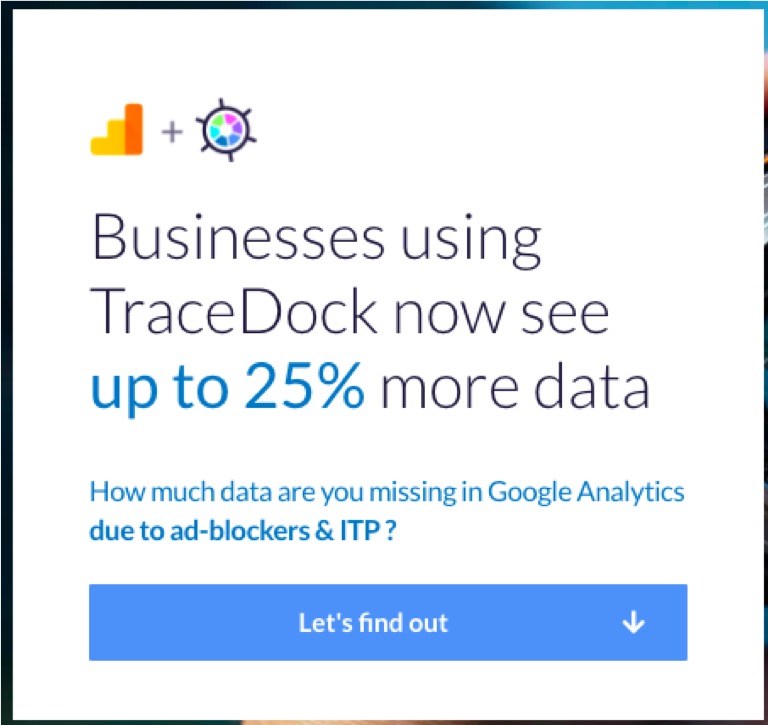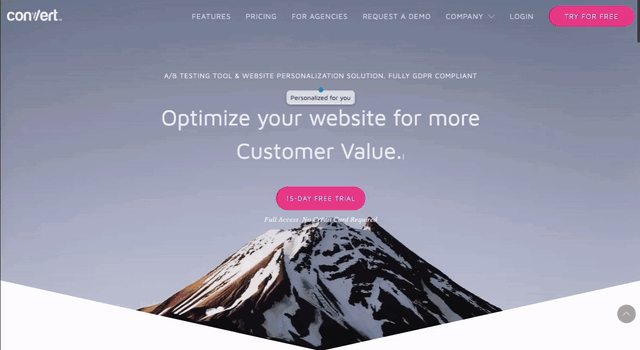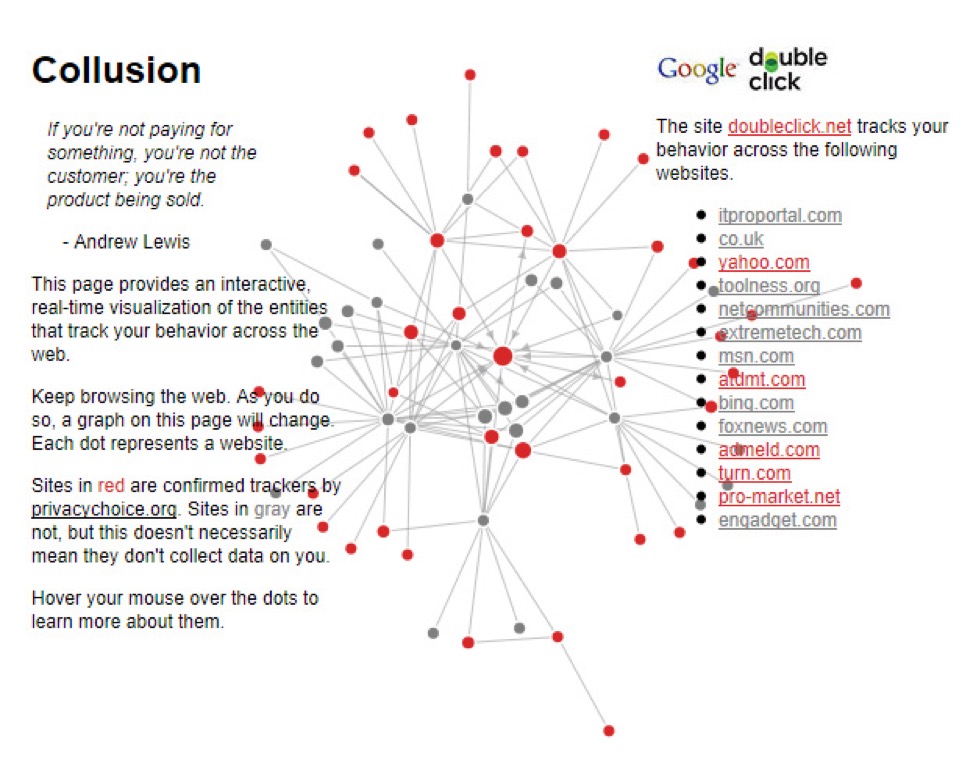Latest legal guidelines like
the European GDPR, the ePrivacy Directive, California’s CCPA and the upcoming
ePrivacy Laws nudged browsers to affix the reason for defending person privateness.
With Safari ITP
and Firefox ETP main the efforts, and Google just lately becoming a member of, web giants
are arduous at work to give you a uniform authorized framework setup.
For companies
utilizing A/B testing instruments and personalization who wish to prolong the time they
present a personalization or variation to the identical individual — for instance, upwards
of seven days — the very best resolution is transferring to DNS over HTTP(s), additionally known as a
CNAME setup, to set first-party cookies.
This can be a controversial transfer. Learn on (or watch the video under) to see why we advocate it and the way you need to use it (or not) correctly.
What Do Browsers, Europe and the CCPA Need for Customers?
In Europe,
setting cookies (even for analytics, A/B testing or personalization functions)
with out consent is a questionable apply, since some
of them comprise private information and that’s a BIG subject.
Browsers like
Safari and Firefox (and to a lesser extent, Chrome) additionally wish to shield their
customers from some of these cookies, that are used to construct customers’ profiles and
shopping for pursuits. This info will then be bought and used to focus on customers
on different websites. The advert vendor will make a better revenue on an advert placement with
verified intent vs on a plain advert impression. Advert business leaders perceive
that the best way ahead is much less monitoring and extra advert placements that match person
intent on the web page (through the use of content material advert matching).
This shift is
considerably altering the web advert business. We now have corporations attain out with requests like:
“change your DNS for CNAME on this 2-minute job and we proceed enterprise as
normal”.
This apply
launched the time period CNAME Cloaking
and BAM, we’re getting into the darkish facet of the helpful CNAME perform. Advert
networks can conceal behind an organization subdomain and maintain accumulating private
info and constructing profiles for larger advert income.
That is precisely
what browsers and European legal guidelines try to stop.
Let’s discuss
the concept behind these legal guidelines and the browser applied sciences which are rolling out.
They’re meant to supply transparency to web site guests and have them
explicitly conform to requests. They’re additionally meant to forestall hidden information
assortment and the creation of personalised profiles with out the customers being
conscious of it.
The net is slowly
changing into a creepy place the place a number of giant gamers know extra about you than your
life associate.
Cease doing that! It’s essential cease giving advert networks a lot entry to your customers’ information. Interval!
Expertise Hack or Everlasting Battle?
You might even see this
as a cat and mouse know-how sport you can win, however all you’re doing is
suspending the inevitable.
In doing so, you
are limiting your different advertising and marketing efforts which are nonetheless thought-about protected.
Browsers or
privateness legal guidelines don’t need you to lose your conversion as a marketer as soon as you’re
proven an advert (even when it’s a month from now). They don’t thoughts you utilizing a
common login for a number of websites or utilizing nameless analytics in your website to
measure the impression. They thoughts, nonetheless, that you simply (or your supplier, Google or
Fb) snuck in monitoring scripts all over the place to construct person profiles on the
similar time. Customers needed to log in, not share that they logged in with Fb
and now could be pushed to +1 some advert class that had their curiosity. If you happen to
try this, they are going to minimize you off, however new initiatives will allow you to accumulate that
conversion (learn on…)
Webkit, the group behind ITP in Safari clarify this of their Monitoring Prevention Coverage:
There are practices on the net that we don’t intend to disrupt, however which can be inadvertently affected as a result of they depend on strategies that can be used for monitoring. We think about this to be an unintended impression. These practices embody:
Funding web sites utilizing focused or personalised promoting (see Personal Click on Measurement under).
• Measuring the effectiveness of promoting.
• Federated login utilizing a third-party login supplier.
• Single sign-on to a number of web sites managed by the identical group.
• Embedded media that makes use of the person’s identification to respect their preferences.
• “Like” buttons, federated feedback, or different social widgets.
• Fraud prevention.
• Bot detection.
• Enhancing the safety of shopper authentication.
• Analytics within the scope of a single web site.
• Viewers measurement.
When confronted with a tradeoff, we are going to usually prioritize person advantages over preserving present web site practices. We consider that that’s the function of an internet browser, also called the person agent.
Nevertheless, we are going to attempt to restrict the unintended impression. We might alter monitoring prevention strategies to allow sure use circumstances, notably when larger strictness would hurt the person expertise. In different circumstances, we are going to design and implement new net applied sciences to re-enable these practices with out reintroducing monitoring capabilities. Examples of those embody Storage Entry API and Personal Click on Measurement.
I’m positive different
browsers share this concept.
Though their know-how and pace of implementation may mirror their politics and imaginative and prescient, they’re all working in direction of rising transparency and opt-in of customers in a single or one other. A useful gizmo to trace all their efforts is Cookie Standing by Simo Ahava.
CNAME as a Momentary Answer
Whenever you use providers like CookieSaver and TraceDock,
which faux to offer you again the “enterprise as normal”, and the main focus is on
what you “assume you’re lacking”, you
may miss the logic behind the brand new privateness legal guidelines and browser adjustments.
However be clear, some cookies it’s best to maintain off CNAME! It’s a brand new world the place individuals select in the event that they wish to surrender all their privateness for consolation and opt-in and log-in. You may’t maintain taking privateness away from individuals to fulfill your corporation targets. You can’t be that egocentric anymore. It’s essential belief that by doing the proper factor, your corporation will develop. Belief and measure….


Browsers like
Chrome and Safari are engaged on initiatives that gives you entry to
personalised person info that the person permitted. Some personalization will
be potential primarily based on these (they’re nonetheless two years away).
Chrome and Webkit
(Safari) are engaged on applied sciences that let you get the advert conversions
again utilizing an API. This implies you’ll be capable to maintain doing a little attribution and
even monitor conversions 3-60 days from the impression day.
The issue with
that is that the privateness legal guidelines are enforced now, whereas these options are
not but accessible.
Simply because
CNAME could also be an possibility proper now to increase the monitoring of advert networks and
enable them to construct private profiles, it doesn’t make it a viable long-term
resolution.
It’s the browsers intention to guard customers from this. If you happen to prolong the lifetime of cookies that enable constructing profiles of customers in your website and retarget them elsewhere, and even worse, construct person profiles and promote them… that’s when browsers and third-parties will begin constructing blocking lists for such doubtful networks.
You must cease supporting any system that builds
private profiles outdoors of your area. That is what customers, browsers and
privateness legal guidelines need. It’s what’s going to chunk you if you happen to don’t. Make sure somebody will expose your model for doing this.
This apply
may additionally add a safety threat to your web site.
Whenever you transfer advert
trackers which have a third-party cookie to a first-party cookie utilizing CNAME,
this provides the danger that their scripts can learn authentications and login
cookies of your customers.
Most articles
about CNAME Cloaking give attention to advert techniques constructing profiles on customers. We’d
wish to distance ourselves from this apply.
A/B testing and personalization instruments have had first-party cookies for years. They’ve already been capable of manipulate the complete website and login techniques as a part of the system they’ve. For these forms of instruments, nothing adjustments utilizing CNAMEs besides the experiences could possibly be constant for 30-60 days as a substitute of seven days.
European ePrivacy Laws are Following Browsers
Europe is working
on its newest drafts of the ePrivacy Laws that enables inserting cookies
for analytics and web site optimization. This sends a transparent sign that, from
now on, solely important cookies, like storage of login periods or merchandise in
buying carts, additionally analytics and A/B testing for the good thing about the person,
will probably be allowed.
On 8 November
2019, the Finnish authorities issued a revised proposal for the ePrivacy Regulation
with some amendments.
Gaming Tech Regulation sums it up as:
Using cookies (and comparable information/tags) requires consent normally. Nevertheless, the ePrivacy Regulation gives for quite a few exemptions, together with each already acquainted exemptions (cookies crucial for communication or technical causes) in addition to new exemptions corresponding to (sure types of) analytics, safety (incl. fraud prevention), software program updates and execution of workers’ duties in addition to the additional exemptions listed above.
For A/B testing functions, you almost certainly don’t want consent and might place cookies with out drawback, as the newest draft of the ePrivacy Laws (Nov 2019) statesin article 21a:
Cookies can be a reputable and useful gizmo, for instance, in assessing the effectiveness of a delivered info society service, for instance of web site design and promoting or by serving to to measure the numbers of end-users visiting an internet site, sure pages of an internet site or the variety of end-users of an software. This isn’t the case, nonetheless, relating to cookies and comparable identifiers used to find out the character of who’s utilizing the positioning, which at all times requires the consent of the end-user.
The ePrivacy Laws draft focuses on the concept monitoring and analytics are allowed with out consent, so long as they’re not used to construct person profiles, as talked about in article 17AA:
As end-users connect nice worth to the confidentiality of their communications, together with their bodily actions, such information can’t be used to find out the character or traits of an end-user or to construct a profile of an end-user, in an effort to, for instance, keep away from that the information is used for segmentation functions, to observe the conduct of a selected end-user or to attract conclusions in regards to the personal lifetime of an end-user. For a similar purpose, the end-user should be supplied with details about these processing actions happening and given the proper to object to such processing.
What’s going to the
remaining draft say?
We should watch for the ultimate model of the Laws after which for nationwide legal guidelines to essentially begin discussing the rules extra in-depth. However the present ePrivacy Directive provides good hope for A/B testing. Paul Schmitt identified to me that although the ICO (the UK privateness authority) and the CNIL (the French privateness authority) regulated that cookies for A/B testing and analytics wanted consent, the CNIL’s newest pointers (in French) from Github say in any other case. Right here’s a translation:
Profit from the exemption from consent, topic to a sure variety of situations, cookies used for viewers measurement are exempt from consent. These situations, as specified within the pointers on cookies and different trackers, are (1) inform customers of their use; (2) to offer them the facility to oppose it; (3) to restrict the system to the next functions solely: viewers measurement and A/B testing.
To summarize, each browsers and the privateness legal guidelines need the identical factor. They don’t seem to be right here to cease your efforts to investigate customers (in your website) or to do A/B testing to enhance and optimize person expertise.
No Cookies… Let’s Use Fingerprinting
Fingerprinting
means constructing a novel identifier by combining a number of properties that by
themselves should not distinctive to you, bypassing browser restrictions on cookies,
and even with the ability to monitor you throughout gadgets (it’s one thing cookies can’t
do).
A few of these
properties are your IP deal with, your working system model, your browser
model, your pc language, your time, the dimensions of your display screen, the pixel
density of your display screen, how briskly your pc is, and the record goes on and on.
You might think about not utilizing cookies in any respect for particular strategies. Nevertheless, this doesn’t imply you may forego transparency and privateness issues hiding what you do to the person guests server-side or on the CDN edge. That’s one purpose we promote absolute transparency on testing and personalization efforts which are working on our website.


You may arrange A/B testing on the sting with out cookies (on Fastly),
however that isn’t clear and could be frowned upon. Browsers are limiting the
info you’re attending to make a hashed/distinctive expertise for somebody.
ePrivacy Laws are clear — they permit no fingerprinting. Browsers and the privateness authorities will struggle you even tougher over fingerprinting than they might over cookies. Don’t go there.
Extra Transparency, not Much less
Convert
Experiences is our A/B testing and personalization software. It doesn’t enable
constructing person profiles utilizing private information by default.
We mixture information
in stories and ship warnings when segments change into so small, they make customers
identifiable or after we suspect private information was added in fields the place it
shouldn’t be.
Our software is usually
utilized by manufacturers that care about compliance with all privateness legal guidelines worldwide. We
supply choices the place web site homeowners can share a hyperlink or shortcut key to be
clear about what experiences run on the web site and what experiences
customers are in.
We encourage our prospects to construct experiences that enhance person expertise and optimize the stream.
If you wish to
construct a greater world, make kinds higher
and shorter. Browsers, customers and the privateness legal guidelines help you on that. What
they received’t help is an A/B check the place you snuck in an upsell checked by
default. Enhance your properties after which there will probably be no drawback being
clear about it. A/B testing advantages
customers and could be good for enterprise, since you supply the very best on-line
experiences.
So once you
set up CNAME on your A/B testing software, make sure that your software shouldn’t be constructing
person profiles. Don’t use identifiers like gender, age, race and faith to
goal (some instruments – not ours – supply that). Don’t go there, it’s not price it
and no person desires this anymore.
Arrange a CNAME for instruments you belief. Don’t allow them to funnel details about your guests to third-party websites and places. You and also you alone are liable for what these instruments retailer and do with the information. You may have a look at every software and the tons of snippets they raise with the software (you may use Collision — see picture under). Setup CNAME solely for an organization the place you’ve gotten a signed DPA (Knowledge Processing Settlement) — discover ours right here.


Now what?
I laid out all I
learn about CNAME on this submit — hope you discovered it helpful and it shed some gentle
on this difficult matter.
Be at liberty to connect with me on LinkedIn or learn
how we utterly shifted in direction of a privateness focus
in 2018.
Take a look at how we take care of Privateness Defend, SCC, CCPA and our common efforts on this area.
I hope this
article made it clear how you need to use CNAME in your efforts to increase your A/B
testing experiments from 7 to 30 days. Don’t purchase CNAME instruments that reach the
lifetime of ad-cookies that construct user-profiles, please.
Take a free trial of our A/B testing software program, if you happen to’d wish to see how a privateness acutely aware software runs. We (similar to the ePrivacy Laws) are satisfied A/B testing is a constructive methodology that may assist validate companies’ efforts in offering a greater expertise for customers and never exploiting them.
Initially printed Might 26, 2020 – Up to date November 10, 2022
Cellular studying?
Authors
Dennis van der Heijden
Co-founder & CEO of Convert, passionate group builder and out-of-the-box thinker.
Editors

Carmen Apostu
In her function as Head of Content material at Convert, Carmen is devoted to delivering top-notch content material that individuals can’t assist however learn by. Join with Carmen on LinkedIn for any inquiries or requests.



